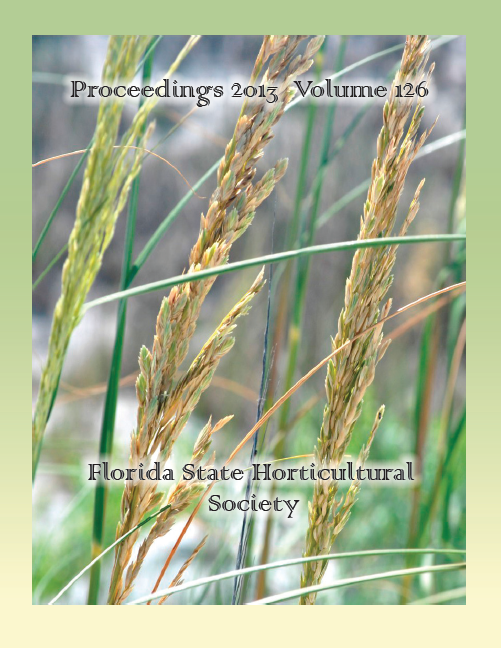Published 2013-12-01
Keywords
- polysaccharide,
- homogalacturonan,
- degree of esterification,
- pectinesterase,
- pectin methylesterase
Abstract
After removal of soluble sugars and other compounds by washing, citrus peel is largely composed of pectin, cellulose, and hemicelluloses. One of the major components, pectin, can be modified using pectinesterases, which reduce the degree of methylation (DM), and DM can be determined by size exclusion chromatography using conductivity to measure the relative charge on the pectin molecules using mobile phases with low molecular salt ions present. Results herein indicate that maximum sensitivity was observed with decreasing salt ion concentrations in the mobile phase. Mobile phase containing dodecyl sulfate ions showed higher sensitivities for the standard curves as compared to formate ions. This higher sensitivity could be due to associations of dodecyl sulfate ions with the pectin molecules, resulting in a greater apparent conductivity detector response. Data indicate the importance of establishing mobile phase ion type and concentrations for degree of methylation determination when using this approach.

